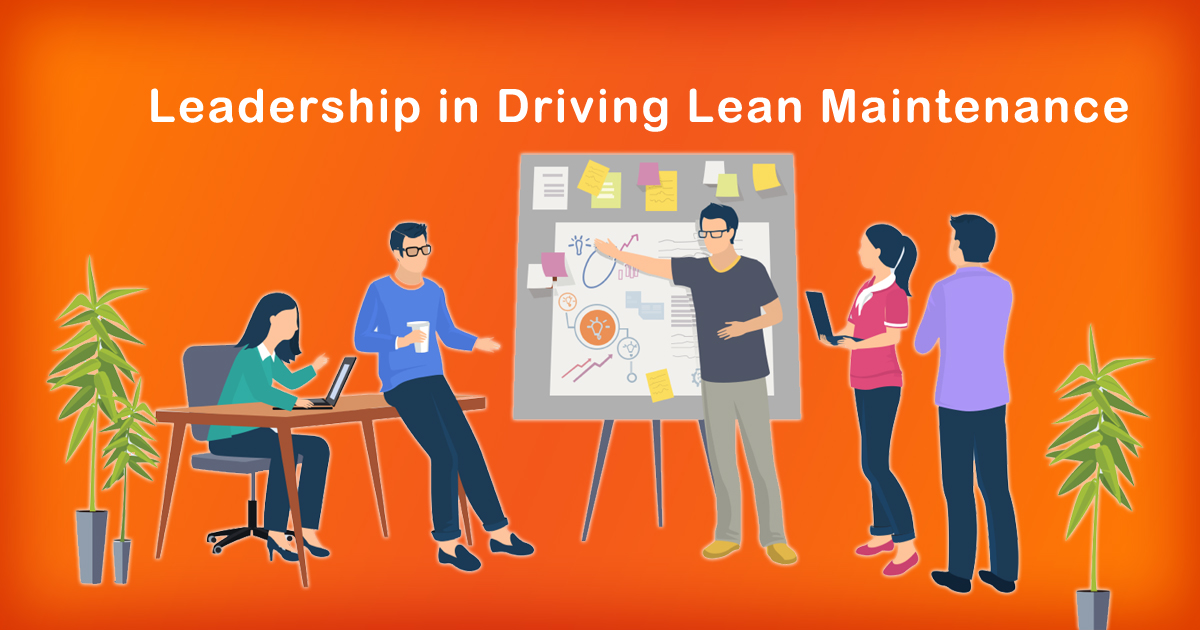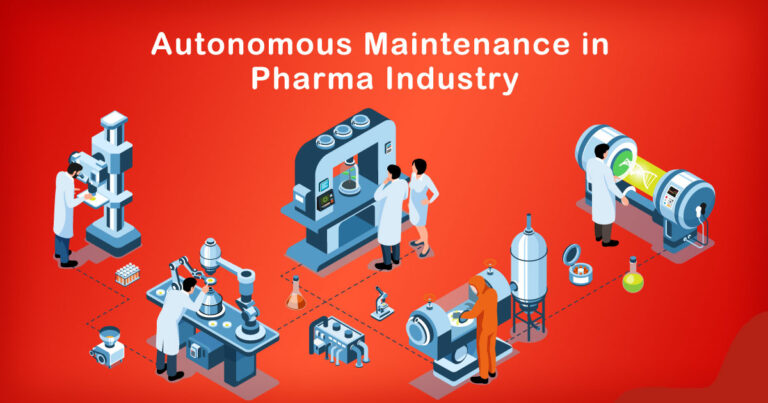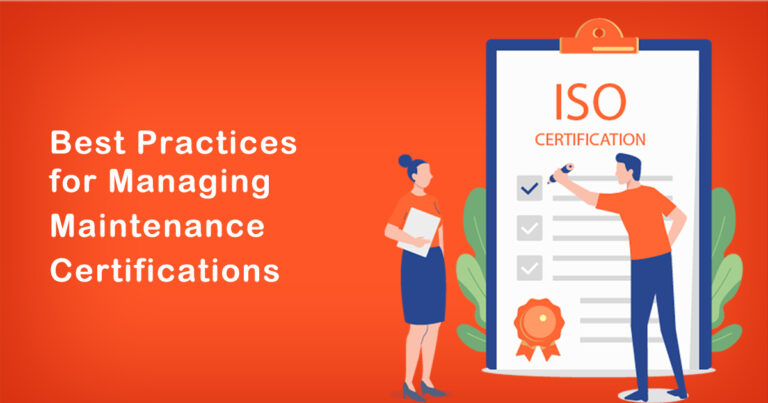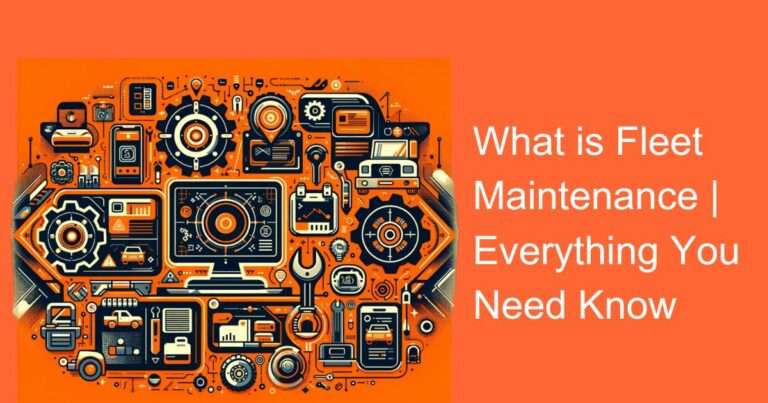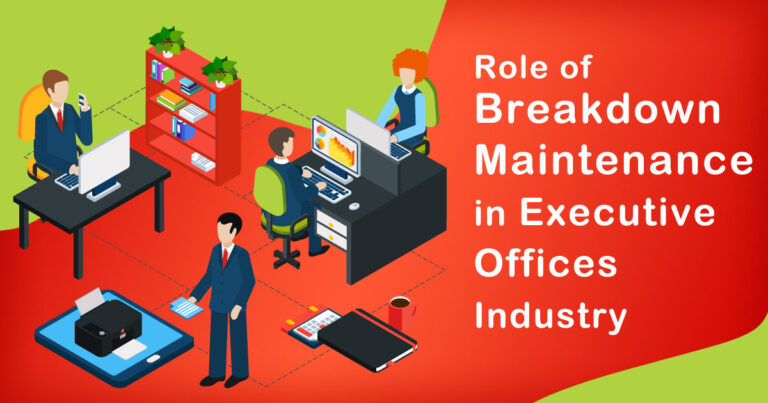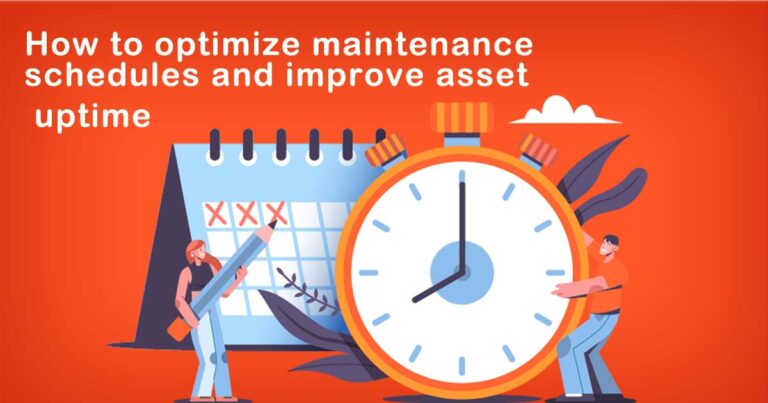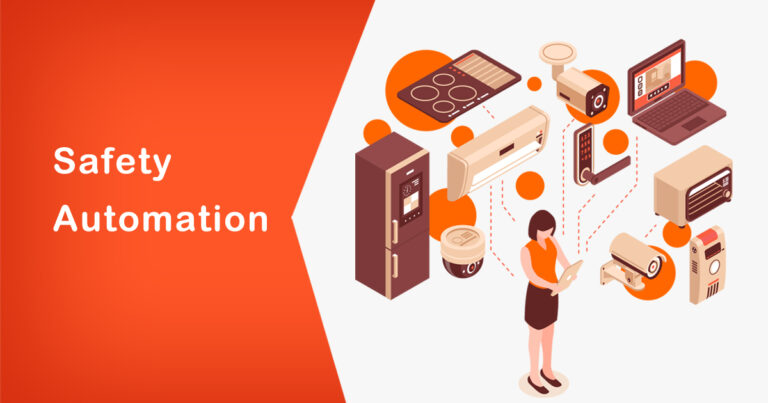Introduction
Leadership plays a crucial role in driving lean maintenance initiatives in an organization. Lean maintenance is an approach that seeks to eliminate waste and optimize processes to increase efficiency and reduce costs. This blog will explore the role of leadership in driving lean maintenance initiatives, the benefits of lean maintenance, and how to implement a successful lean maintenance program.
The Role of Leadership in Driving Lean Maintenance Initiatives Leadership is essential in driving lean maintenance initiatives in an organization. Leaders need to understand the principles of lean maintenance and how it can benefit their organization. They need to communicate the importance of lean maintenance to their team members and create a culture of continuous improvement. Leaders need to be actively involved in the implementation of lean maintenance initiatives, set clear goals and expectations, and provide the necessary resources and support.
Research has shown that effective leadership is crucial in the success of lean maintenance initiatives. A study by Jorgensen et al. (2019) found that leadership commitment and support were critical factors in the successful implementation of lean maintenance in manufacturing companies. Another study by Alfalla-Luque et al. (2020) found that leadership involvement and participation were essential for the sustainability of lean maintenance initiatives in the long run.
Benefits of Lean Maintenance Implementing a lean maintenance program has numerous benefits for an organization. The primary benefit is increased efficiency and reduced costs. By eliminating waste and optimizing processes, organizations can reduce maintenance downtime, increase equipment reliability, and reduce repair costs.
Lean maintenance can also improve the overall safety and quality of the organization’s products and services. By maintaining equipment and identifying potential issues before they cause problems, organizations can prevent accidents and ensure that their products and services meet the highest standards.
Implementing a Successful Lean Maintenance Program To implement a successful lean maintenance program, organizations need to follow a structured approach. The following steps can help organizations implement an effective lean maintenance program:
- Define the scope: Organizations need to define the scope of the lean maintenance program, including the equipment and processes that will be targeted.
- Identify waste: Organizations need to identify the waste in their maintenance processes, including unnecessary downtime, overproduction, and excess inventory.
- Develop a plan: Organizations need to develop a plan to eliminate waste and optimize maintenance processes. The plan should include clear goals, timelines, and responsibilities.
- Implement the plan: Organizations need to implement the plan and monitor progress against the goals. Leaders need to provide the necessary resources and support to ensure the success of the program.
- Continuous improvement: Organizations need to continuously monitor and improve their maintenance processes to ensure that they remain lean and efficient. Leaders need to create a culture of continuous improvement and encourage their team members to suggest and implement improvements.
Conclusion
Leadership plays a critical role in driving lean maintenance initiatives in an organization. Effective leadership is essential in the successful implementation and sustainability of lean maintenance programs. Organizations that implement lean maintenance can benefit from increased efficiency, reduced costs, improved safety, and higher product and service quality. To implement a successful lean maintenance program, organizations need to follow a structured approach, including defining the scope, identifying waste, developing a plan, implementing the plan, and continuous improvement.


